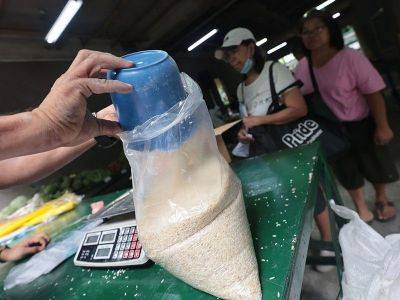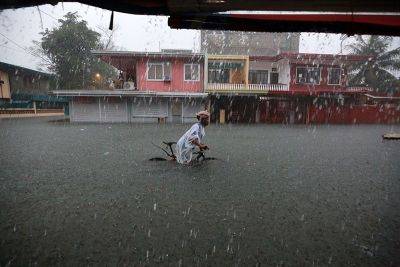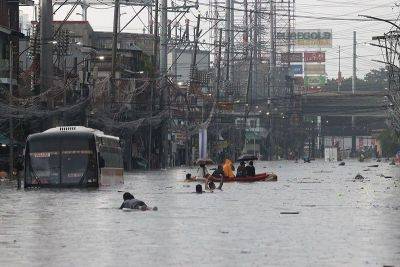Manila sea level rising by 2.6 cm/year – study
MANILA, Philippines — The sea level in Manila has been increasing by about 2.6 centimeters per year from an average rate of 1.3 millimeters per year in the 1900s, with groundwater use in the city enhancing the risk of sea level rise in the country’s capital, according to a study. The Philippine Climate Change Assessment report was contained in the 268-page National Adaptation Plan (NAP) approved by President Marcos.
“The implications of rising sea levels are compounded by the occurrence of land subsidence in certain areas, exacerbating the impact of sea level rise and leading to increased vulnerability to flooding and extreme sea levels,” the report said.
The NAP also cited a report from the Department of Science and Technology-Philippine Atmospheric, Geophysical and Astronomical Services Administration that Southeast Asia is often considered especially vulnerable to the impacts of sea-level rise, and local areas of the Philippines have been experiencing relatively high rates of sea-level rise.
“About 60 percent of the Philippine population and over 50 percent of Philippine municipalities, including the country’s capital, Manila, are in the coastal zone,” the report said.
“Manila has experienced a rapid increase in sea level, primarily attributed to long-term land subsidence caused by excessive groundwater extraction. In contrast, Legazpi and Davao have witnessed gradual sea level rises, while no clear trend has been observed in Cebu and Jolo, Sulu,” the report added.
The report said that the research utilizing satellite data has revealed a significant correlation between subsidence zones and regions with high groundwater usage, particularly in Regions IV-B, III, VII and XI.
“Given this understanding, an important adaptation strategy for reducing the effects of sea level rise and flooding in these vulnerable areas would be to manage water (including groundwater) usage effectively,” the report added.
It added that sea level rise poses a significant threat to the Philippines, particularly in terms of inundation.
A sea level rise of one meter would affect 7,000 square kilometers and 1.8 million people in 2,490 barangays, according to the report.
A three-meter rise







